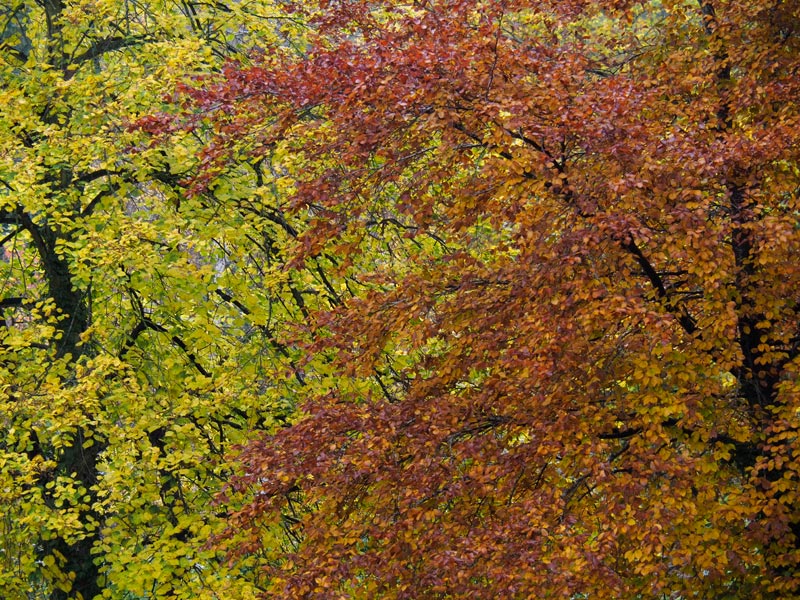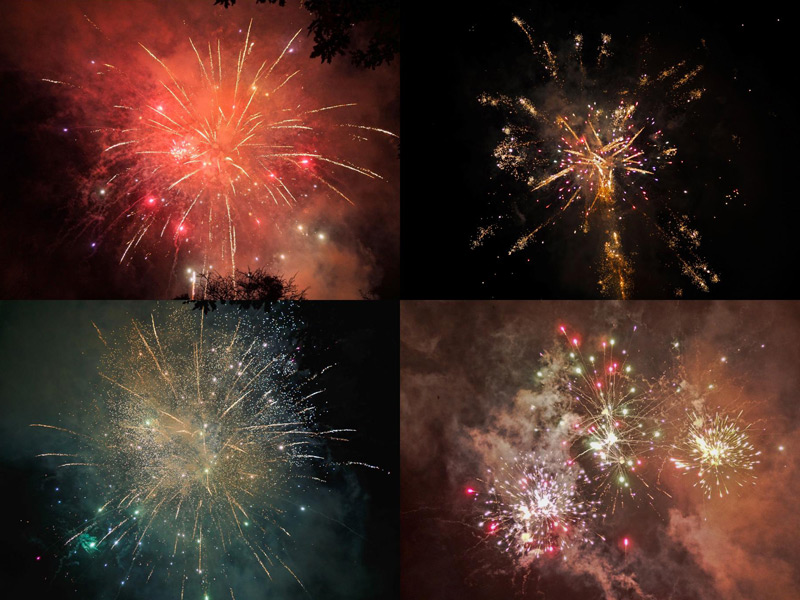Ledbury's town centre main street has two names, the High Street and The Homend, the change coming at Bye Street, a side street by the clock tower across from the Market House. High Street is one of the two most common road names in England (the other being Church Street). However, The Homend is the only such named street that I can find, though the name is used by a cottage in the nearby Herefordshire village of Stretton Grandison. The Victoria County History says this about the probable derivation: "The name of The Homend is first recorded in 1288 derived from an Old English word 'hamm' or 'hom' probably meaning ‘land hemmed in by water or marsh’, or perhaps ‘river meadow’. Interestingly, the other end of the High Street connects with a road called The Southend.
The first photograph shows the Market House and part of the north side of the High Street. The second shows the Market House and The Homend.
photo © T. Boughen Camera: Olympus OMD E-M10




















